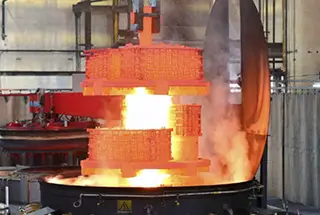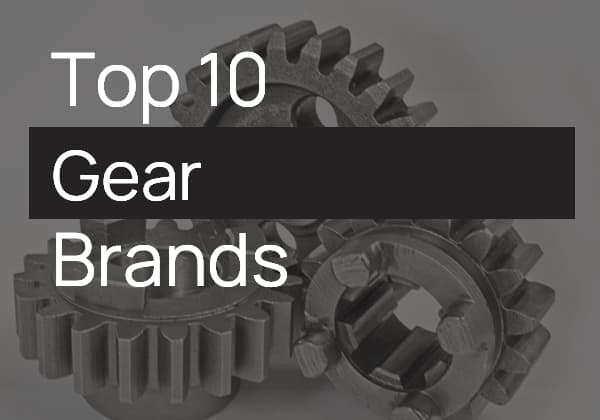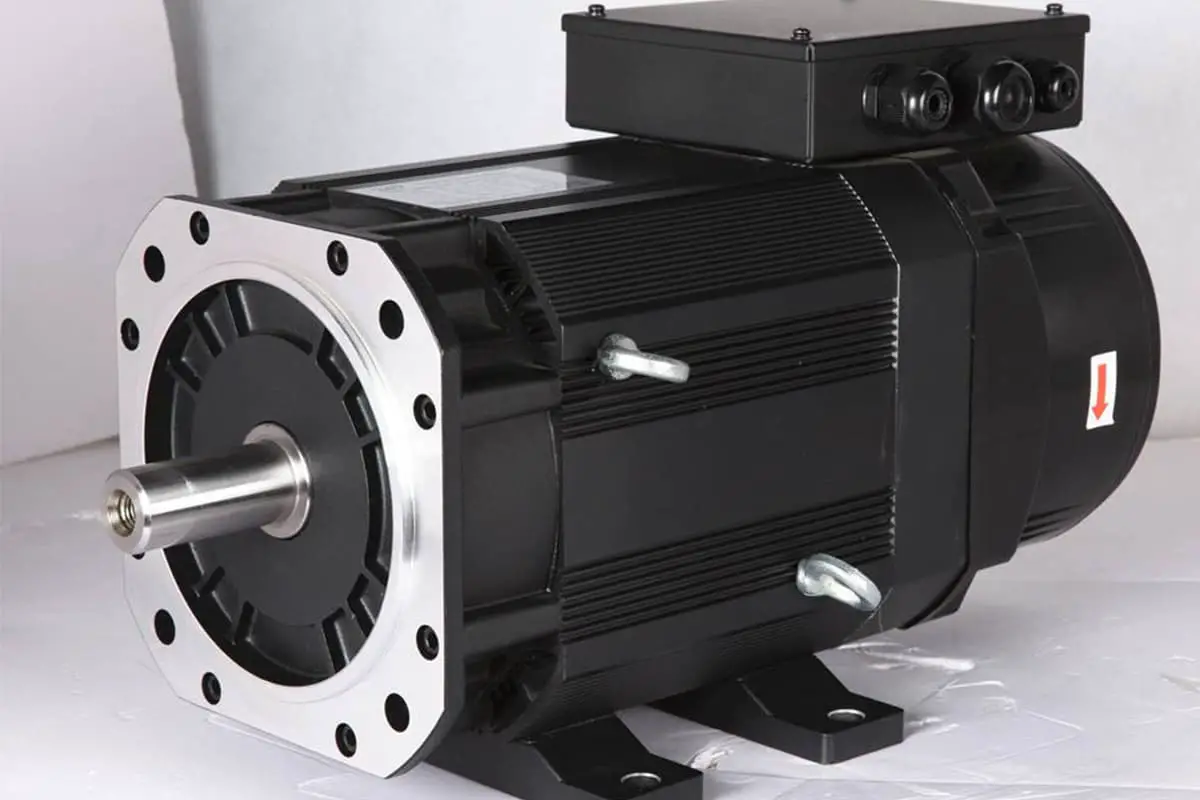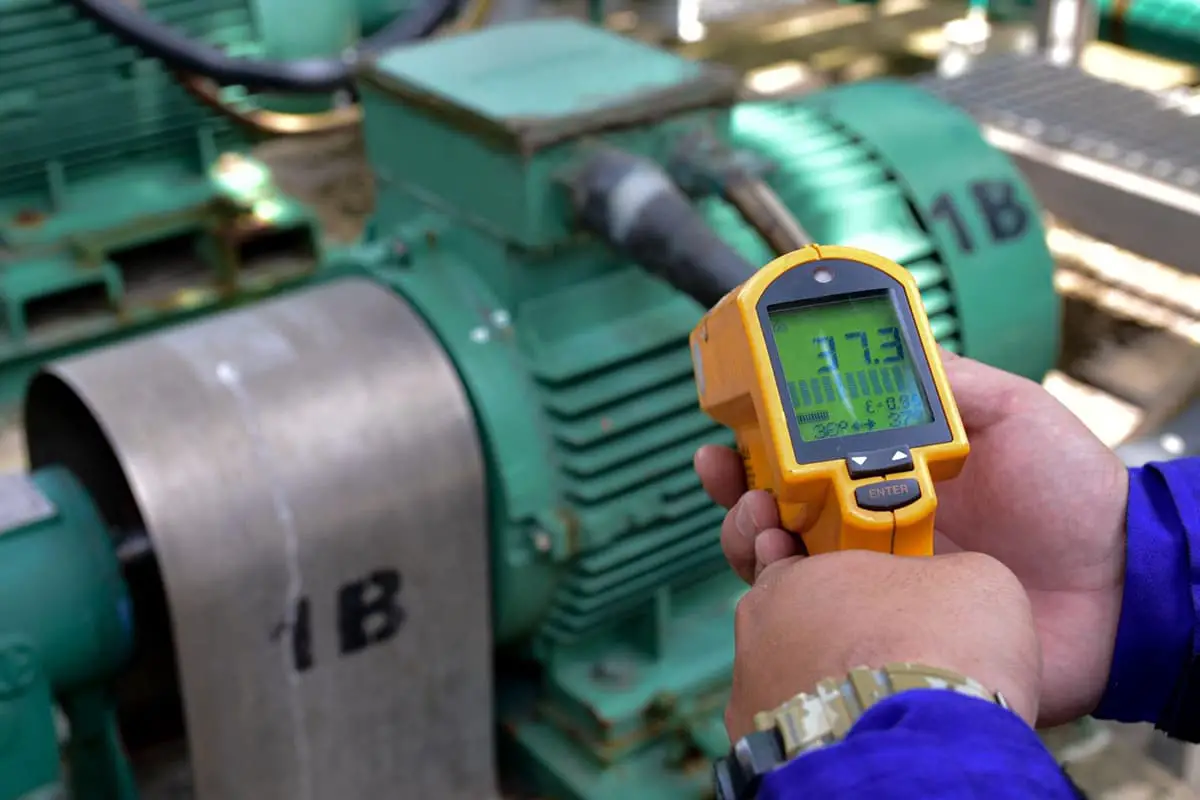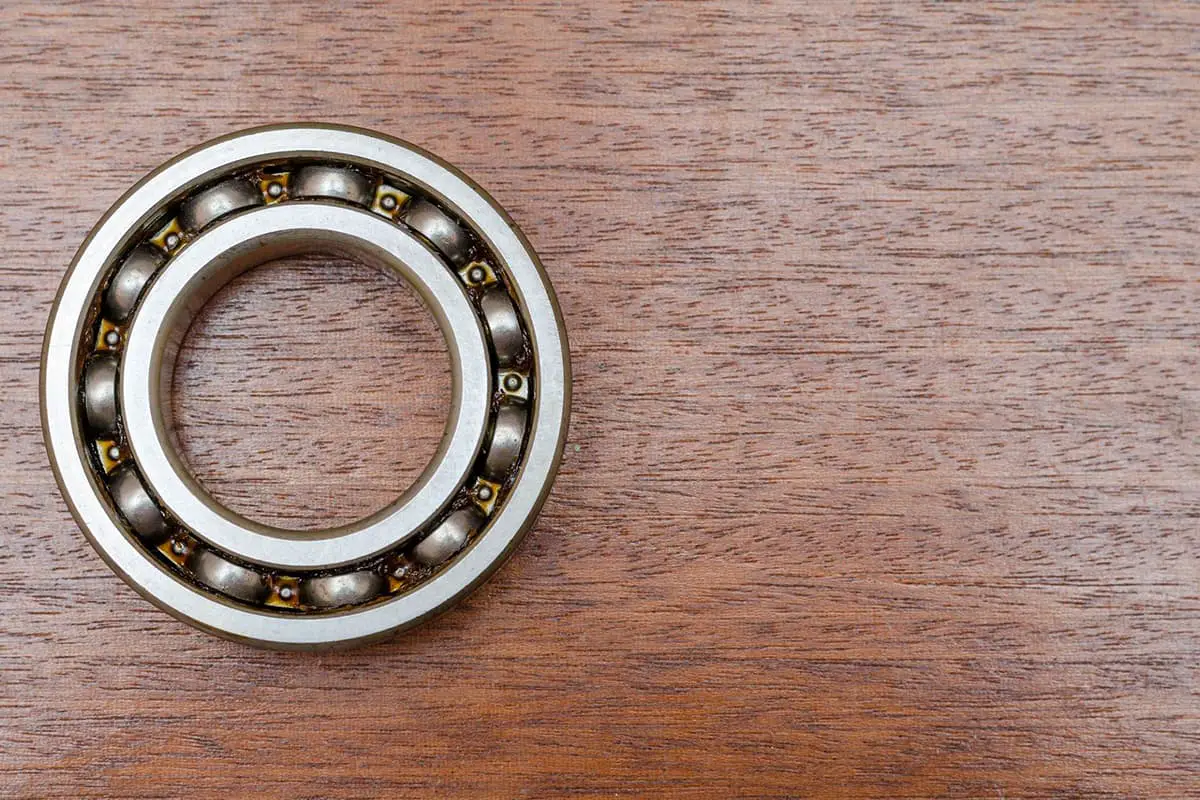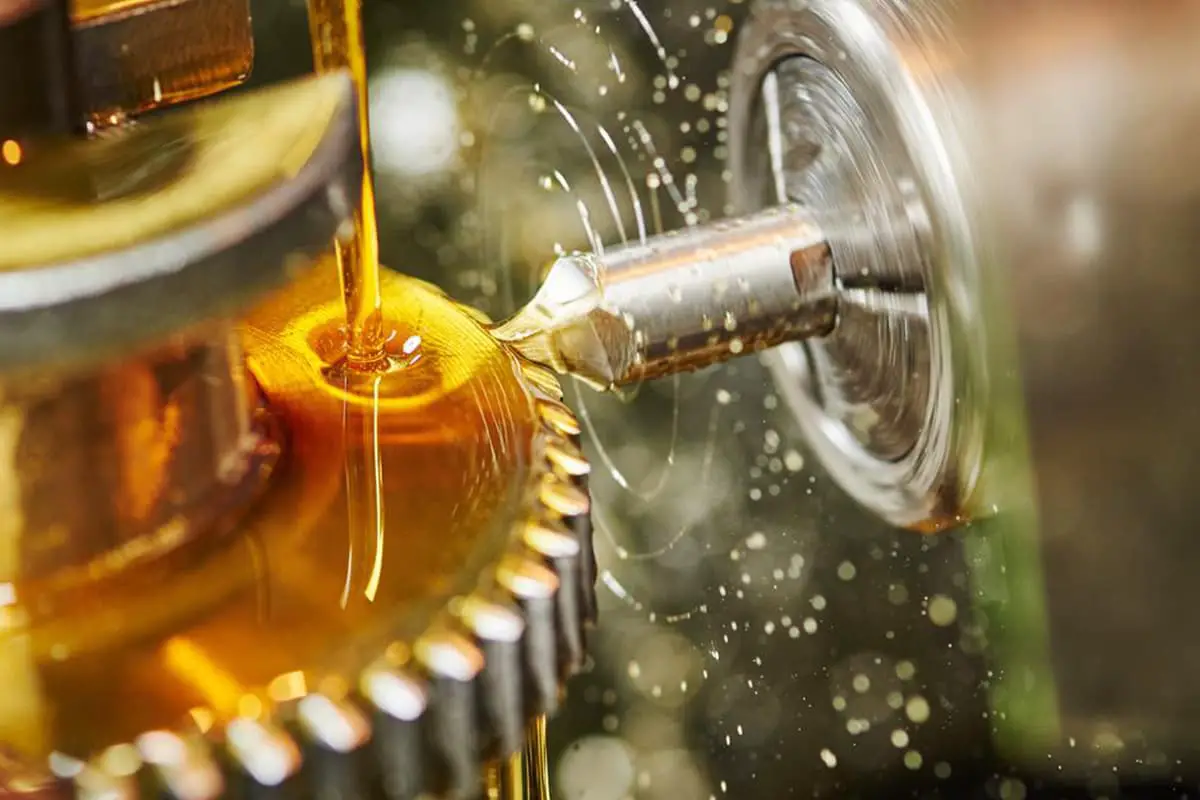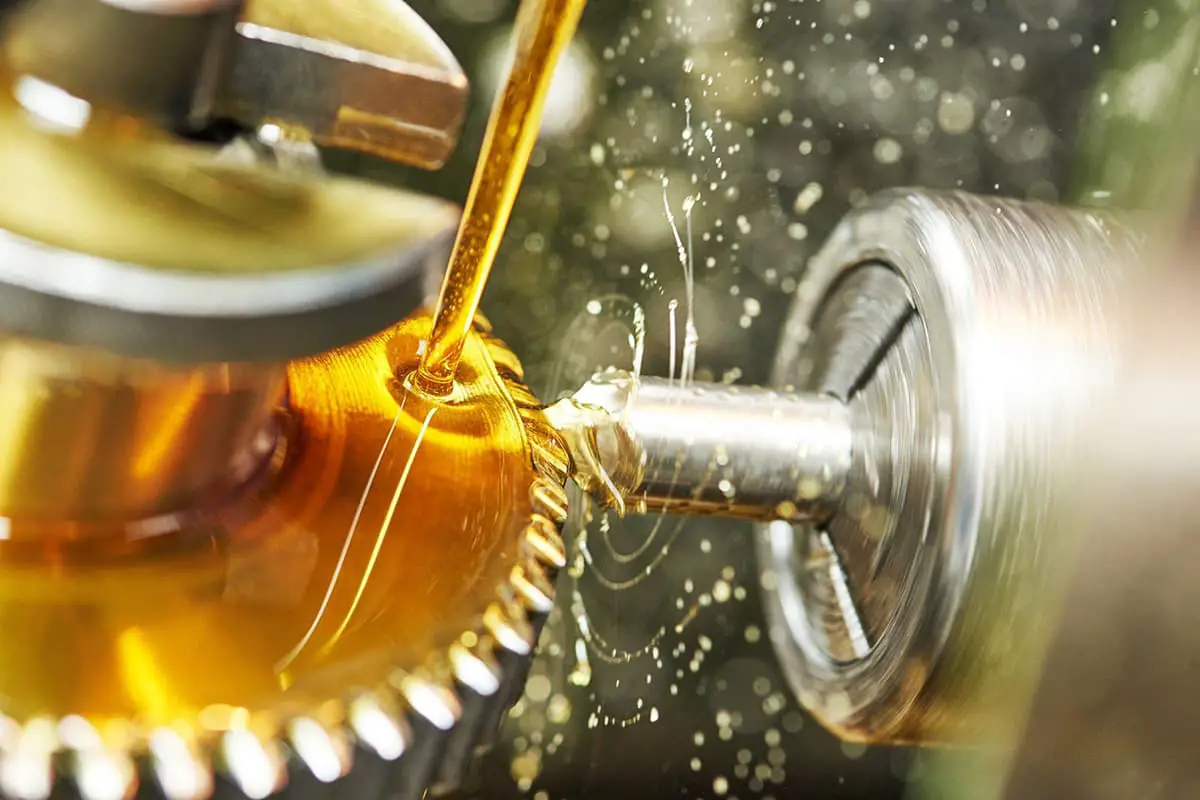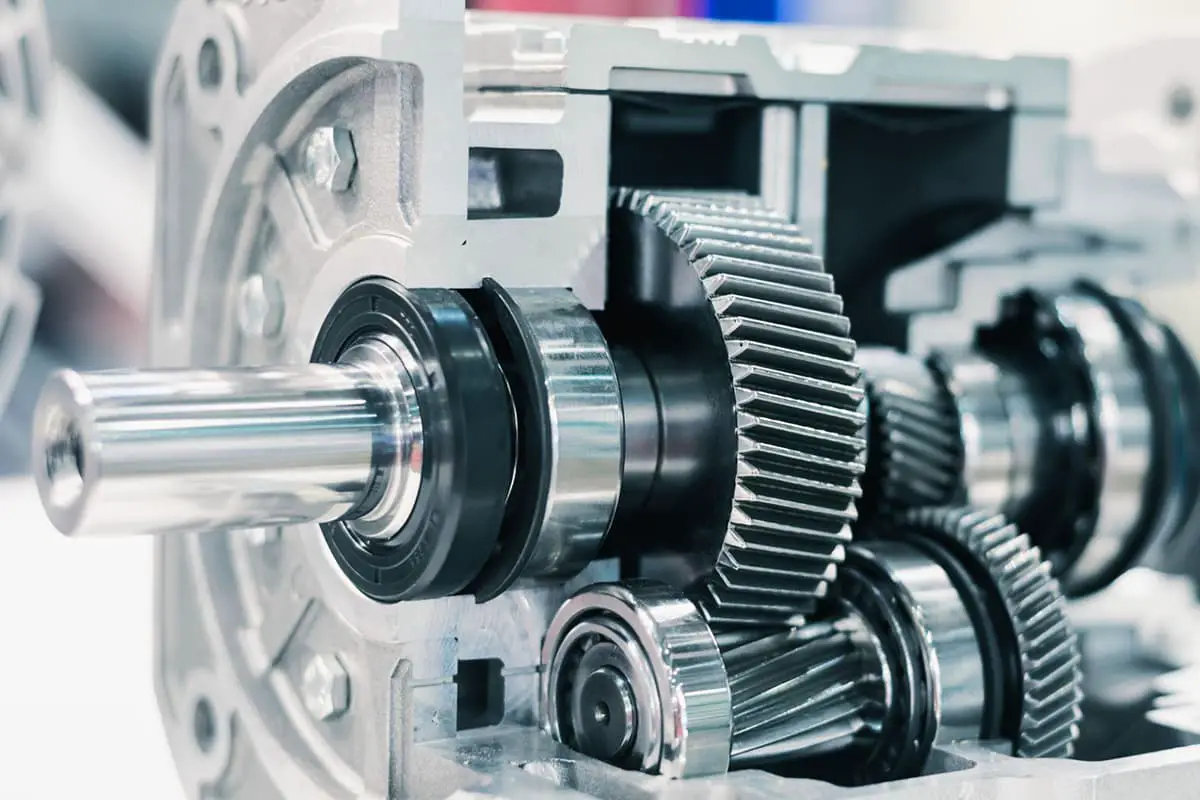
Why is choosing the right gear material so crucial in engineering? Selecting appropriate materials ensures gears meet demands like wear resistance, durability, and efficiency. This article explores various gear materials, their properties, and their ideal applications, from steel to non-metallic options. Readers will learn how to match gear material to specific conditions, optimizing performance and longevity. Discover the key factors that influence these critical decisions, making your gear systems robust and reliable.
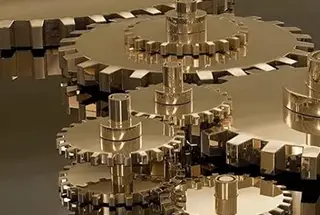
From the failure form of gears, it can be seen that when designing gear transmission, the tooth surface should have high wear resistance, pitting corrosion resistance, gluing resistance and plastic deformation resistance, while the tooth root should have high fracture resistance.
Therefore, the basic requirements for gear materials are: the tooth surface should be hard and the tooth core should be tough.
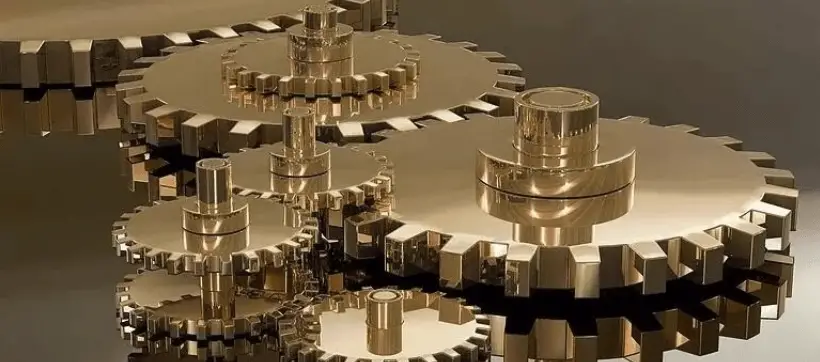
Steel has good toughness and impact resistance, and its mechanical properties and tooth surface hardness can be improved by heat treatment or chemical heat treatment, so it is most suitable for manufacturing gears.
It is also the most commonly used gear making material.
1. Forged steel
Forged steel is generally used to manufacture gears, and carbon steel or alloy steel with carbon content of (0.15 ~ 0.6)% is generally used, except those suitable for casting with excessive size or complex structure and shape.
The forged steel used to manufacture gears can be divided into soft tooth surface gear and hardened gear:
Soft tooth surface gear (hardness 350HBS):
Due to the low requirements for strength, speed and accuracy, in order to facilitate gear cutting and prevent the tool from being blunt due to rapid wear, the gear blank should be normalized or quenched and tempered before gear cutting.
Cut to get finished products.
The precision is generally 8, and the precision can reach 7 during precision cutting.
This kind of gear is simple, economical and efficient.
That is, the blank is normalized (normalized) or quenched and tempered to cut teeth.
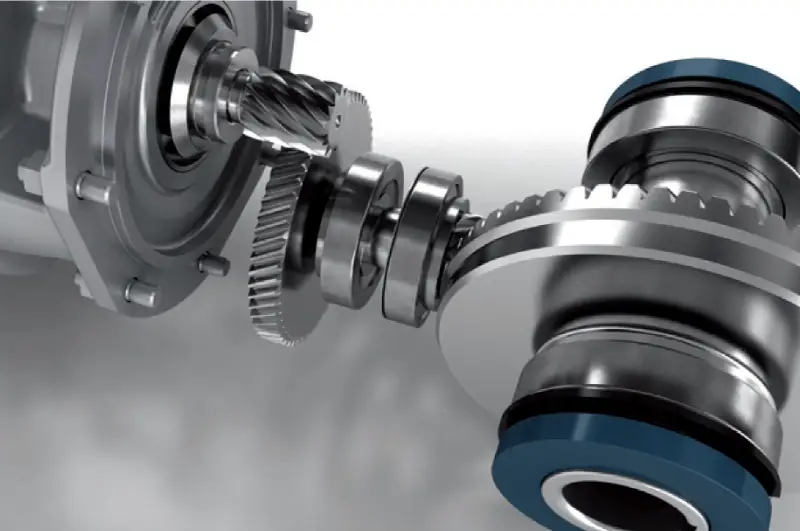
Hardened gear (hardness 350HBS):
It is used in high-speed, heavy-duty and precision machinery (such as precision machine tools and aeroengines).
In addition to excellent material properties, high tooth strength and high tooth surface hardness (such as 58 ~ 65 HRC), it should also be completed by gear grinding.
At present, most gears that need finishing are cut first, then hardened, and finally finished.
The accuracy can reach level 5 or 4.
This kind of gear has high precision and high price, so the heat treatment methods include surface quenching, carburizing, nitriding, soft nitriding and cyanidation.
Therefore, the material depends on the specific requirements and heat treatment method.
That is, cutting teeth, surface hardening and finishing. The machined gear is hard tooth surface, and the accuracy is grade 5 or 4.
Alloy steel can improve the toughness, impact resistance, wear resistance and cementation resistance of the material according to the composition and properties of the metal contained.
It can also improve the mechanical properties and tooth surface hardness of the material through heat treatment or chemical heat treatment.
Therefore, aviation gears with high speed, heavy load, small size and small weight are made of alloy steel with excellent performance (such as 20CrMnTi, 20Cr2Ni4A, etc.).
2. Cast steel
Cast steel has good wear resistance and strength, but it should be annealed and normalized.
It can also be quenched and tempered when necessary, which is often used for large-size gears.
Gray cast iron is brittle, with poor impact resistance and wear resistance, but good adhesion and pitting resistance.
It is usually used for stable operation, low speed and low power.
In order to reduce noise, commonly used non-metallic materials such as bakelite, nylon, etc. are often used as pinion, while the big gear is still made of steel or cast iron.
In order to make the gear have enough wear resistance and pitting corrosion resistance, the hardness of the tooth surface is also required, which should be 250 ~ 350 HBS.
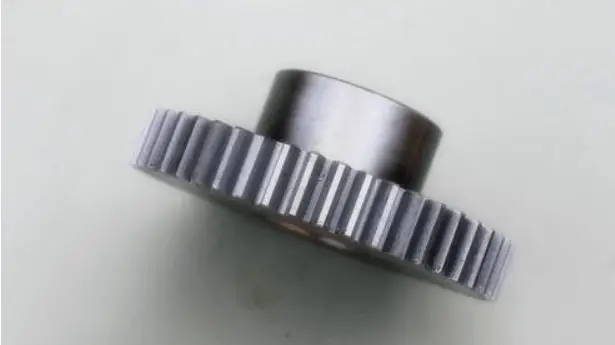
There are many kinds of gear materials, and many factors should be considered in the selection. The following points are for reference:
1. The gear material must meet the requirements of working conditions
For example, gears used in aircraft must meet the requirements of small weight, high transmission power and high reliability, so alloy steel with high mechanical properties must be selected;
Gear transmission in mining machinery generally has high power, low working speed and high dust content in the surrounding environment, so cast steel or cast iron is often used;
The power of household and office machinery is very small, but it requires stable transmission, low noise or no noise, and can work normally with less lubrication.
Therefore, engineering plastics are often used as gear materials.
In short, the working condition requirement is the first factor to be considered when selecting gear materials.
2. Gear size, blank forming method, heat treatment and manufacturing process shall be considered.
Billets are generally used for large gears, and the gear material can be cast steel or cast iron.
For gears with high requirements for medium and lower sizes, forging stock is often used, and forged steel can be used.
When the size is small and the requirements are not high, round steel can be used as a blank.
The methods of gear surface quenching include carburizing, nitriding and surface quenching.
3. Normalized carbon steel, no matter how the blank is made, can only be used to make the gear work under stable load and slight impact, and cannot bear large impact load;
Quenched and tempered carbon steel can be used to manufacture gears that work under moderate impact loads.
4. Alloy steel is often used to manufacture gears with high speed, heavy load and working under impact load.
5. The gear transmission of aircraft requires that the gear size should be as small as possible, and high-strength alloy steel with surface hardening treatment should be used.
6. For soft tooth surface gears made of metal, the hardness difference between paired tooth surfaces should be maintained at 30 ~ 50 HBS or above.
When the hardness of the tooth surface of the pinion and the big gear is greatly different (such as the pinion tooth surface is hardened and ground, and the big gear tooth surface is normalized or quenched and tempered) and the speed is high, the hard pinion tooth surface will have an obvious cold work hardening effect on the soft big gear tooth surface, thereby increasing the fatigue limit of the big gear tooth surface.
Therefore, when the hardness difference between the paired tooth surfaces of two gears is large, the allowable contact fatigue stress of large gears can be increased by about 20%, but attention should be paid to the high hardness tooth surfaces, and the roughness value should be reduced accordingly.
In short, when selecting gears, it also depends on the occasion of use.
Different places pay attention to different places, and of course, the materials used are also different.
When designing, pay attention to the selection of materials, so as to make the gears practical and durable.

